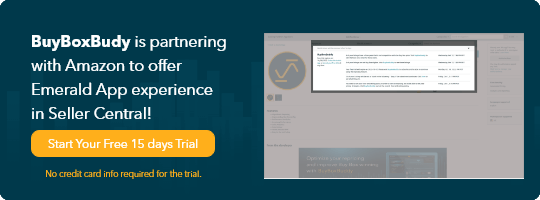
Amazon listing optimization; catchy phrase that motivates sellers to keep their competitive edge, or overused sound bite that puts sellers off? If you feel like you’re falling behind, here’s how to master the art of optimizing your Amazon listings without the fuss.
Optimizing your Amazon listing can be hard work. Keywords and rankings are equally important in ensuring your visibility. So, to help you develop some of the core habits of a successful Amazon seller, we’d like to share with you what it means to optimize your Amazon listings and how you can go about it.
What Amazon Listing Optimization Really Means
Amazon listing optimization is more than tweaking keywords, because Amazon is more than a search engine. On Amazon, unlike Google or other search engines, the customer comes first. So, browsing time or click-through-rates don’t matter much; at least, not as much as sales and margins per search.
In other words, what users type in the search box doesn’t matter as much as what they’re really looking for. Sure, Amazon can recommend substitute products and close matches. But with a catalog of 350+ million products, according to BigCommerce, Amazon can also afford to try mind-reading.
Likewise, on-page optimization takes center stage here. No amount of backlinking will affect your ranking on Amazon. It won’t do much for your sales either, for that matter. That’s because, for the most part, your buyers would already have been searching on Amazon when they came across your product.
Luckily, the Amazon listing optimization algorithm, A10, doesn’t go through major changes nearly as often as other search engine algorithms. So, once you get the hang of creating unique, attractive, and productive listings, you can start to loosen up and enjoy selling on Amazon.
How To Optimize Amazon Listings
Given Amazon’s complexity, for your approach to optimization to be successful, it needs to be comprehensive. Optimization goes far beyond what’s displayed on the product page. Here’s what we think you should focus on, where possible:
A. Make Your Listings Foolproof
- Go Prime
Statista estimates that there are over 200 million people across the globe who are currently Amazon Prime members. It’s a well-known fact that Prime members spend roughly twice as much on Amazon every month than non-members. Also, they’re more likely to buy products eligible for (free) Prime delivery.
Hence, making your products available for sale with Amazon Prime is the first way to optimize your listings. To do so, you first need to become eligible by signing up for FBA and maintaining a good sales record. Then, you can enable your products to qualify for the service.
- Fill Out All Product Fields
When you fill out your inventory files, enter an ASIN in the product field. This drives traffic to your listing, even if you’re not among the highest ranking sellers for that product. Look at the URL in your browser search box. Add it to your product fields. Then make sure you include the name of your brand when you list your item, along with a good price.
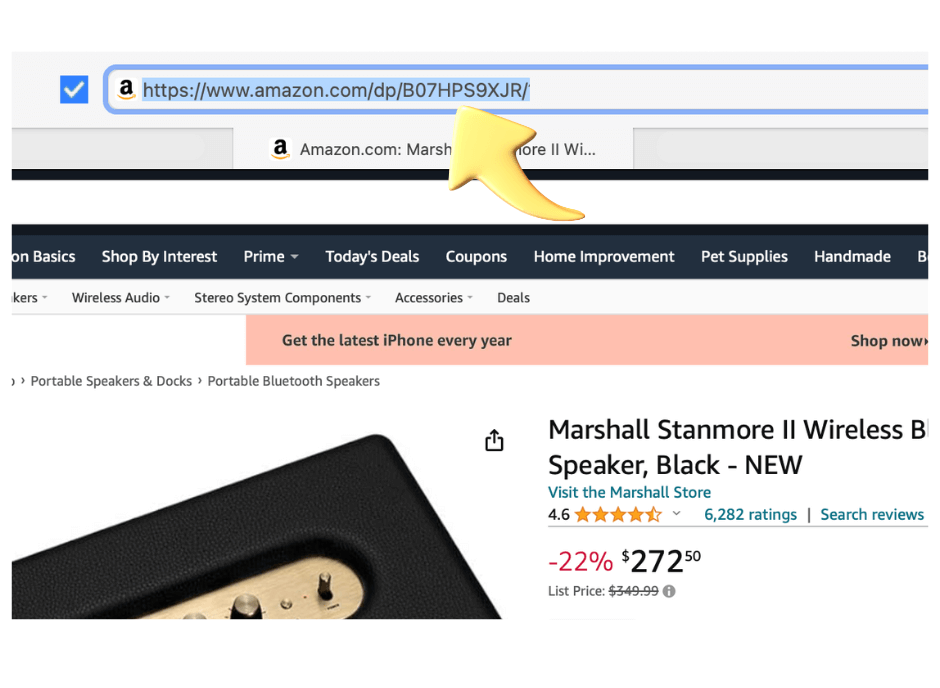
- Get the Category Right
On Amazon, customer searches are based on product categories. But they are also refined. Once buyers click on a search result, the images they’ll see from then on are for items in the same category. So, as you download your ‘Browse Tree Guide’ (BTG) from the Inventory File Templates section, think hard before you select a (sub)category.
B. Optimize Product Page Content
- Work On Your Keywords
On Amazon, you need a few keywords for your titles, bullet points, and descriptions (including brand name). You have two types of keywords on Amazon: primary and hidden. Here’s the difference:
- Primary keywords: should be included in title, bullet points, and product description for visibility.
- Hidden keywords (a.k.a. backend keywords): unlimited, not visible to customers, but they qualify for ranking. Try synonyms of your primary keywords.
But don’t include plurals, different spellings, or generic terms. Forget about subjective, exaggerated, or time-sensitive statements. Also, please leave out any seller names. And most importantly, never include other brands in these search terms, or risk an IP infringement claim.
- Tweak Your Titles
On Amazon, your title is your shop sign. It’s your best chance to be featured in a search result and maximize your visibility. Capture the essence of your product in 150 characters or less, and you’re halfway there. Use the autocomplete feature or take a peek at your competitors for inspiration.
There’s the age-old formula: Brand Name > Product > Key features > Size > Color > Quantity. Ideally, you should also optimize your titles, using keywords and USPs from the start. But none of this matters if your title doesn’t comply with the 3 basic title requirements.
Amazon has a series of style guides for each product category and page section, starting with titles. There’s even a Brand guide. But for some sellers, they’re not the end-all. Sometimes, buyers actively seek out non-compliant titles (e.g., they say “compatible with X, Y, and Z model”.)
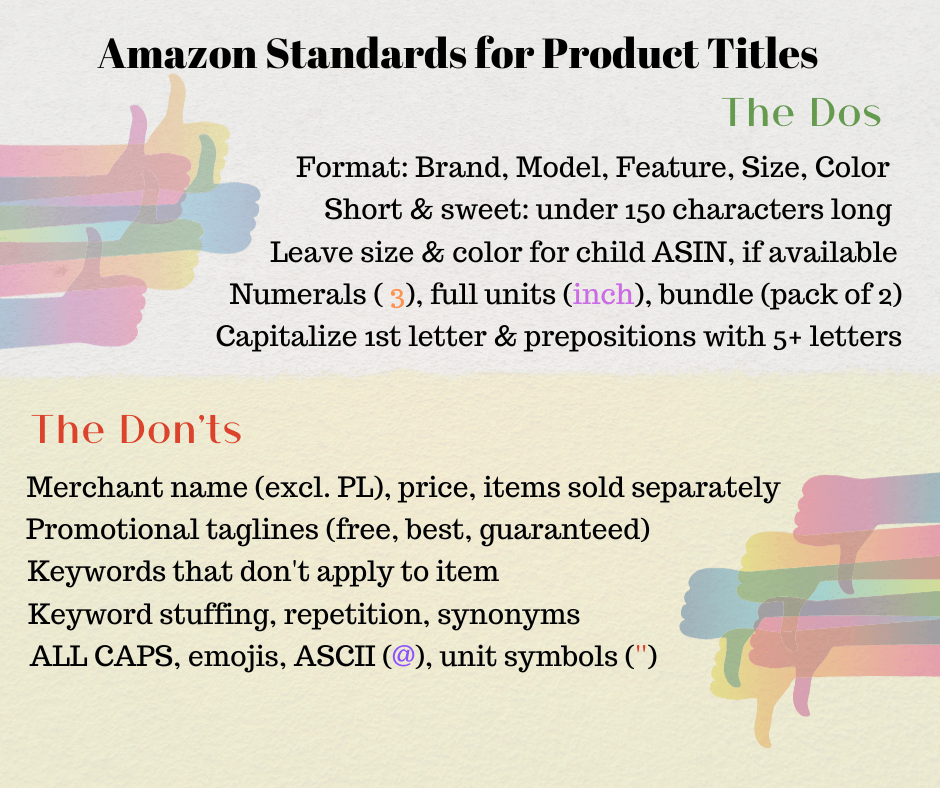
- Improve Your Product Images
Product images can make or break a sale. You need high-def, professional grade shots in .tif, .tiff, .jpeg, .jpg, .gif, or .png. format. The AmazonBasics Portable Photo Studio and app may help you achieve those crisp photos. Then, with these 7 Product Image Optimization Tips, you can perfect them.
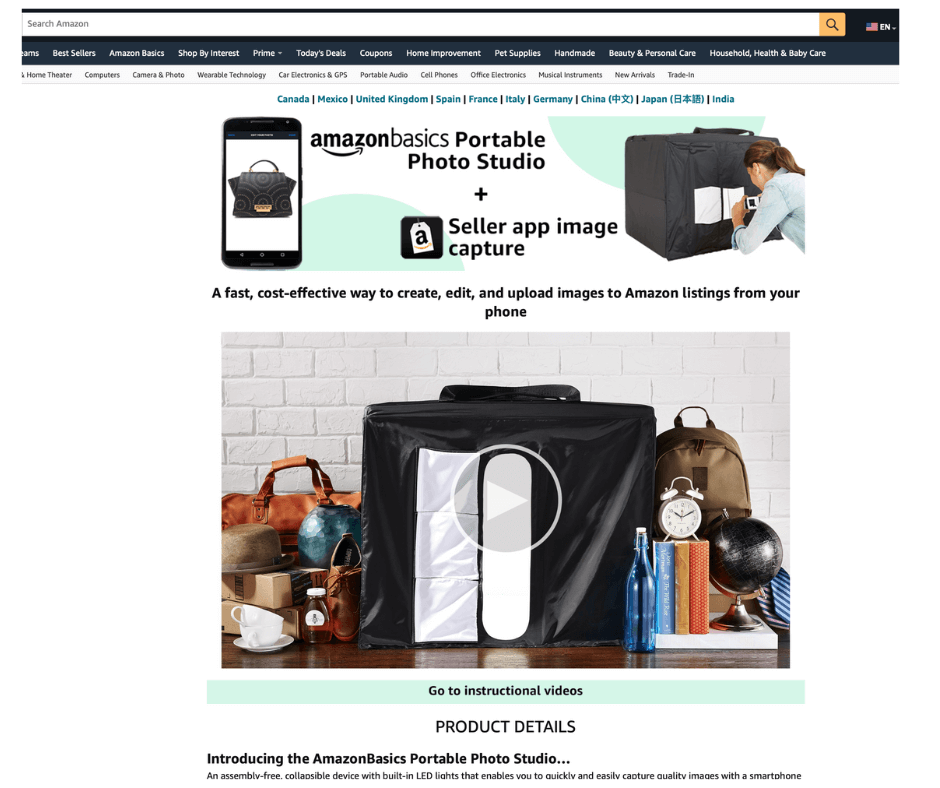
Images must be clear and informative. You can upload 5-9 images, but they must comply with basic requirements. If you’re not a great photographer, consider outsourcing to an imaging service provider. Here’s what kind of product images you absolutely need to have:
- Main image: frontal, main product only, 85% of frame, large (ideally more than 1,000 x1,000 pixels), pure white background (RGB 255, 255, 255), no text, displayed in search results.
- Detail images: white background or environment, showing the product from a different angle.
- US (unique selling proposition) images: stand-out features, written details, special features, buttons, packaging, return policy, warranties, product information, etc.
- Lifestyle images: show the product in a practical setting
- Video
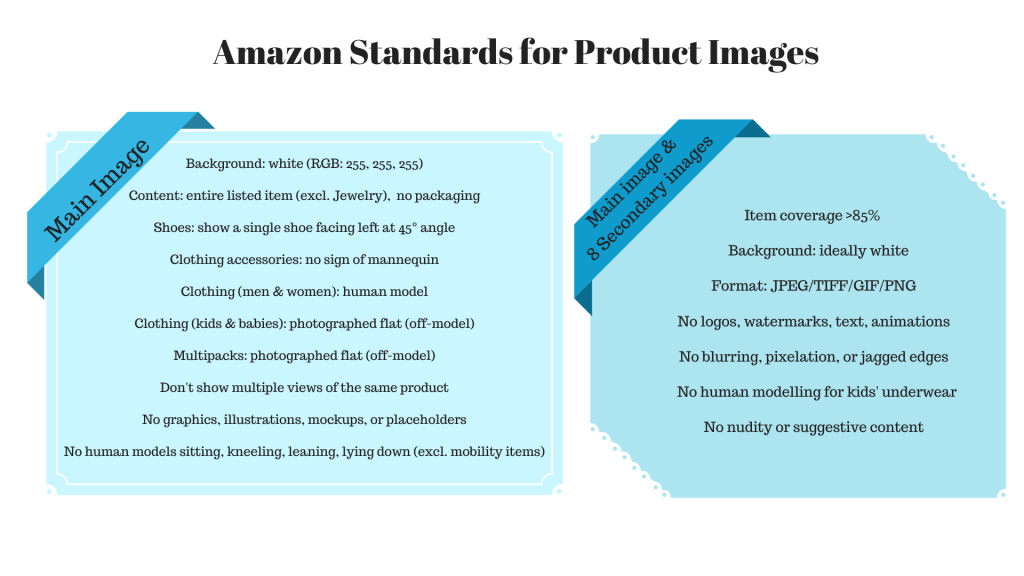
- Perfect Your Product Features
In the “About this item” section you’ll see a list of features that sellers refer to as ‘the bullet points’. It’s indexed into organic search results, so it’s the highlight of your product page. If it’s good enough, customers might not even need to scroll down. So, forget keyword stuffing and make every word count.
If you don’t have a registered brand, you can only have 5 bullet points. Use 1 keyword per bullet and keep it short (100 characters max.) Include care instructions, set-up options, size, dimension, warranties, etc. Make it sound natural and address practical issues.
Start with a 1-2-word description or USP, follow up with an explanation (e.g., Foldable: Sturdy metal legs fold neatly under table). Prioritize your list by relevance.
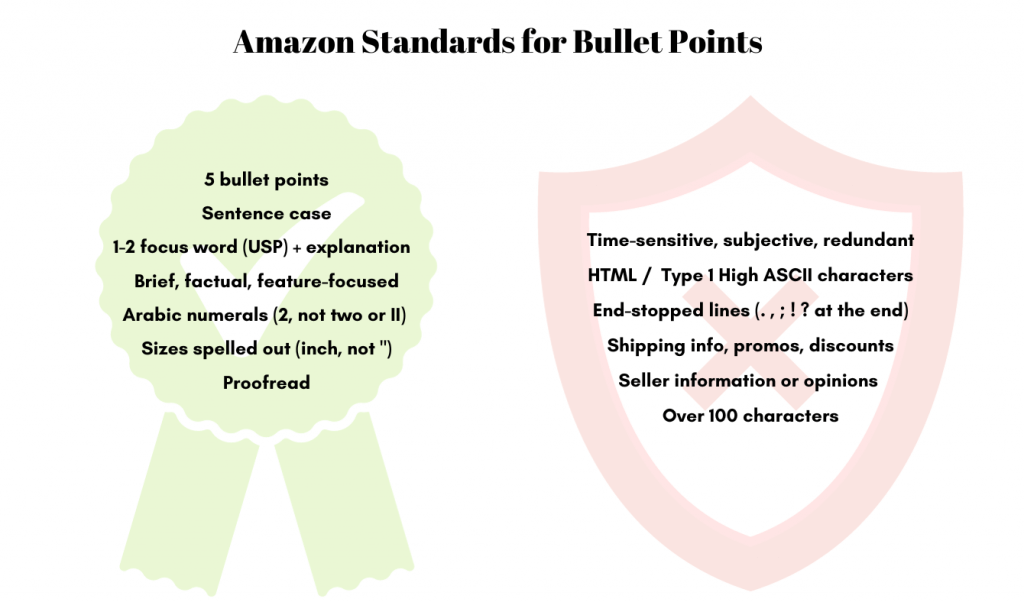
- Get Creative with Your Product Description
Product descriptions are meant to be captivating and rich with keywords. Sellers who don’t take advantage of this opportunity to praise their products lose out to brands with eye-catching A+ content. Some just copy-paste pre-existing content from other channels.
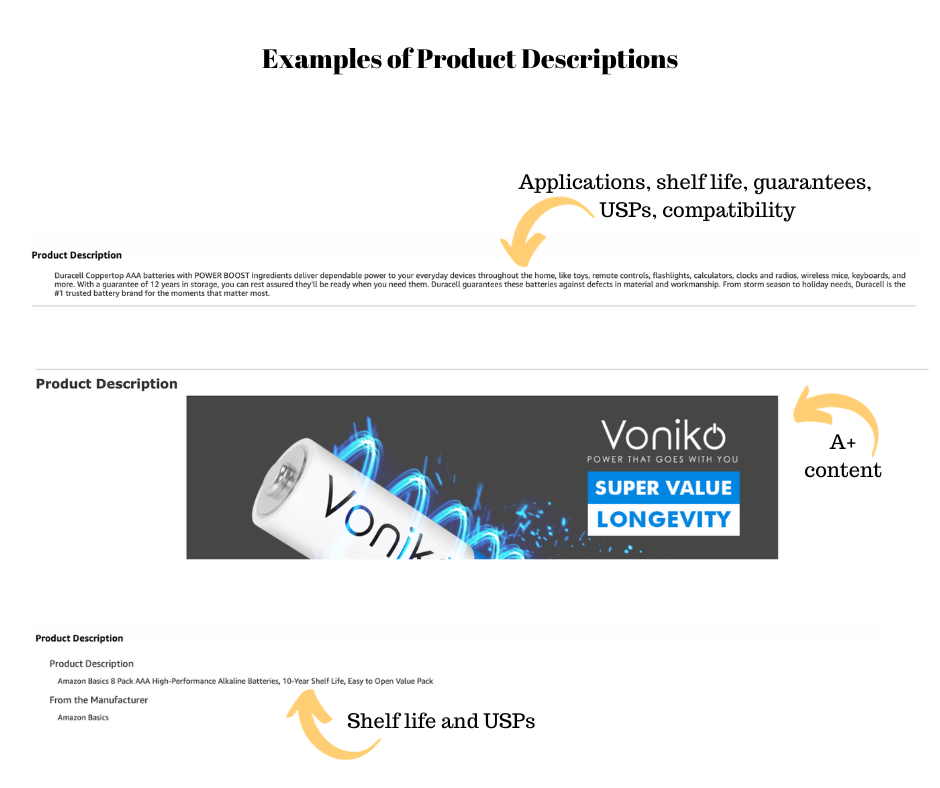
Bear in mind that, apart from product reviews, this content may be the only detailed information buyers have about the product and the manufacturer. It should briefly address the main pain points and highlight the best features. Use up to 2,000 characters and avoid URLs, contact details, and references to promos.
This is not to be confused with the ConditionProducts can only be listed on Amazon if… More Notes section. That’s on the Offers Page and it describes the condition of the unit you offer (with text and up to 6 images). The Product Description section is on the Product Page. It’s what customers scroll to after reading the title and bullet points.
- Rev Up Your Reviews
Product reviews generate traffic and make sales happen. But offering products for free and expecting a review in return is not an option. Instead, you can maximize your reviews via cross-marketing. Also, look at your competitor’s product reviews, flaws, and complaints. If applicable, show that your products are superior.
C. Optimize Marketing and Pricing Strategy
Price is a major factor in determining your ranking on Amazon. So, it’s extremely important that your price is always right. To increase your chances of reaching the right audience, you’ll need to couple your pricing strategy with your marketing efforts.
- Monitor Competition Prices
Easier said than done. There aren’t enough hours in the day to keep records on tens or hundreds of prices. Even if there were, not many sellers have the resources to analyze that data effectively. That’s where BuyBoxBuddy comes in, monitoring price changes and optimizing prices in real time.
- Keep an Eye on Complementary Item Prices
It’s not just competing products that you should monitor, but complementary goods as well. What are those? They’re essential accessories that aren’t normally sold with the main product. Think cartridges, cases, protectors, carriers, or proprietary software.
In theory, if the price of a complementary good goes up, then demand drops for your product too. For example, if you sell cases for a specific tablet and its price goes up, your sales may drop until buyers’ budgets adjust to the change.
- Product Bundling
One way to shield your sales from price fluctuations is to sell several complementary items together at a discount as a bundle. With more hidden keywords and less competition, this listing will reach far more people than standalone items. As an added bonus, bundle titles can go up to 200 characters.
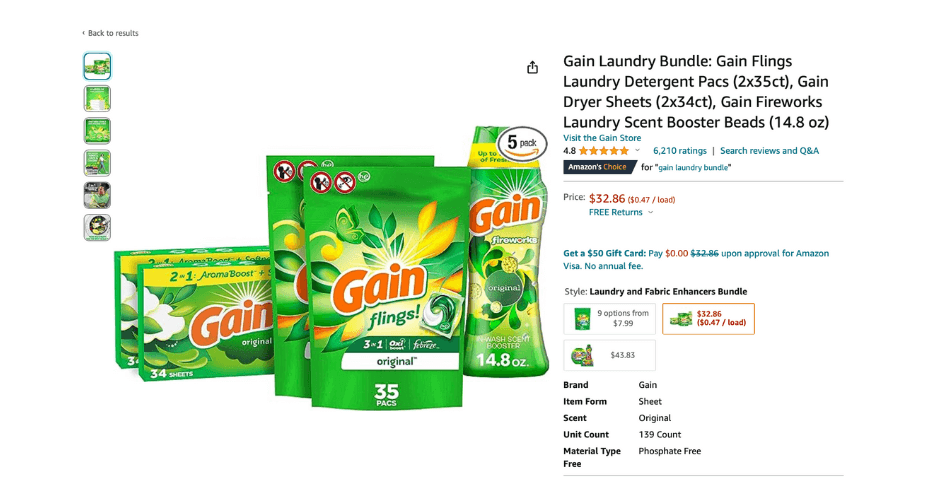
Note that bundle listings must comply with product bundling guidelines. One of the rules is that they mention all the items included, along with colors, sizes, features, etc. For an art set like the one below, it’s easier to sell as a branded set, especially if some of the items are generic. Basic product bundling rules:
- Unlike multipacks, these items can’t be identical.
- The primary product can’t be a BMVD item.
- You should pair products that go well together to avoid alienating your buyers.
- You can only list the bundle in one category.
- You can never modify a bundle once you’ve created it.
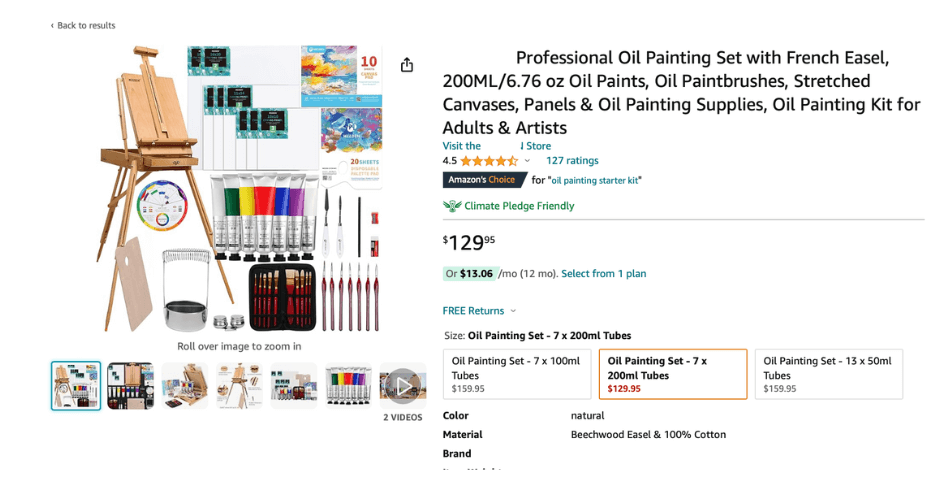
- Try Enhanced Content / A+ Ads
Enhanced Content or A+ is available to a variety of merchants. It helps sellers maintain a detailed listing page with clear comparison charts, high-resolution images (including a hero image) and videos with a more contemporary layout. Read our post on “Advertising on Amazon: A+ Content” to learn more.
That’s all for today, but please follow our blog for upcoming posts on successful e-tailing habits for savvy Amazon sellers. We’ve covered the basics, so now you can take it from here. But first, be sure to check out BuyBoxBuddy, our lean, mean, real-time repricing machine!

Melanie takes an active interest in all things Amazon. She keeps an eye on the latest developments and keeps Amazon sellers up to speed.

